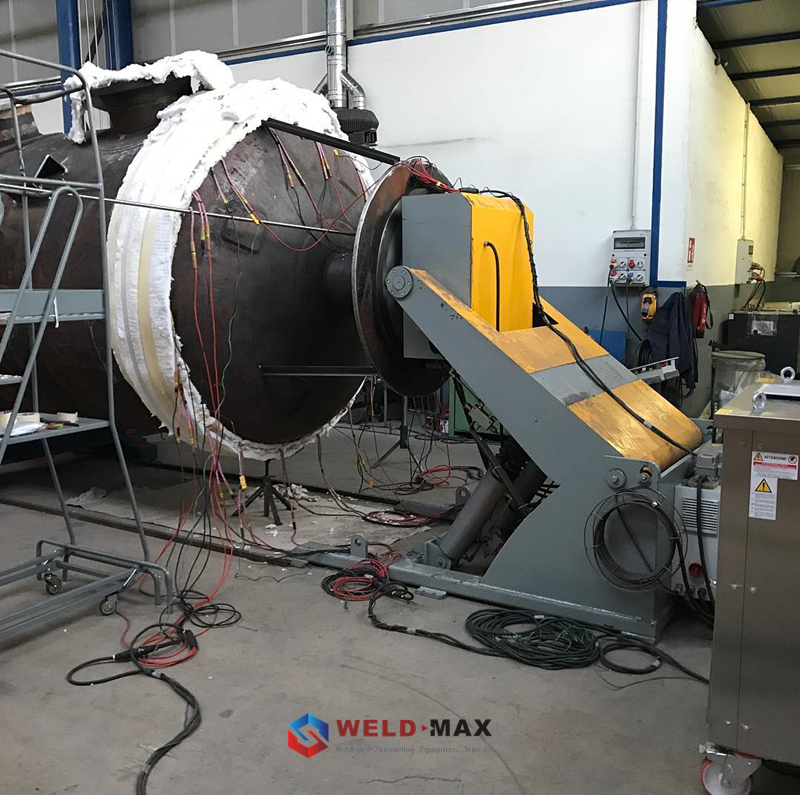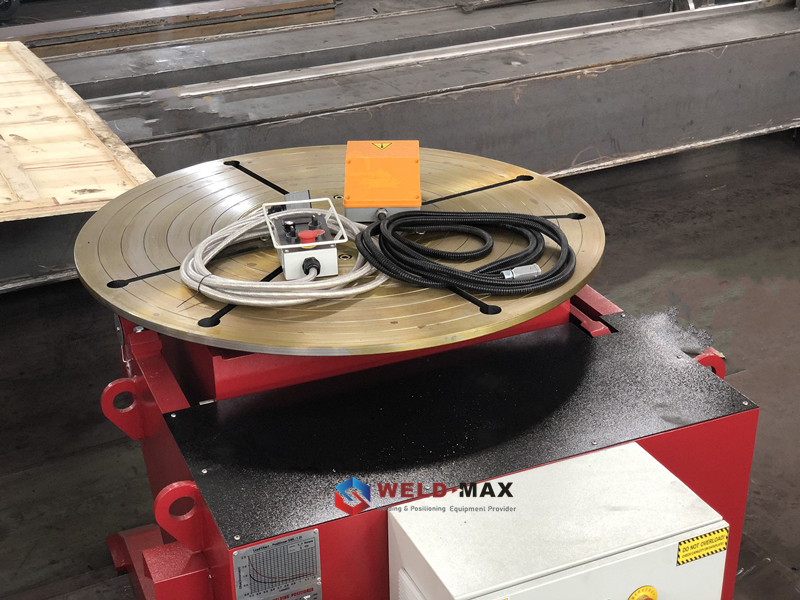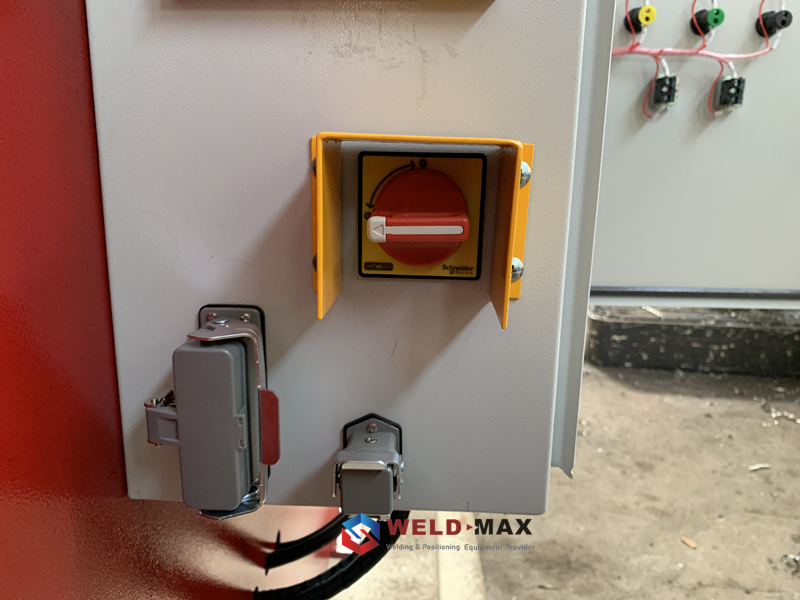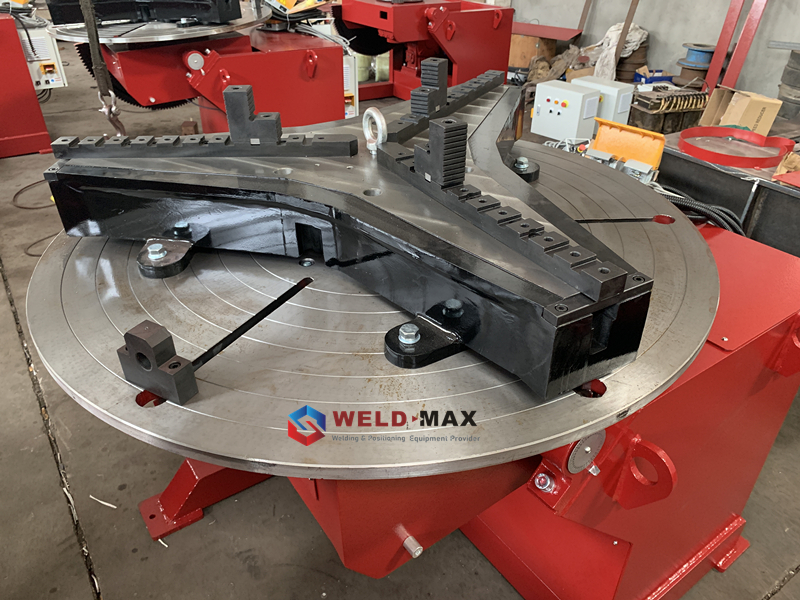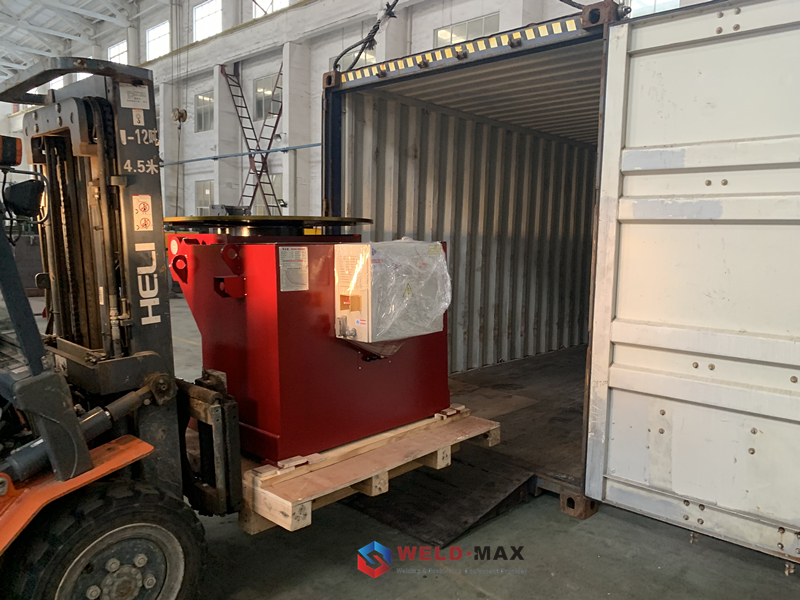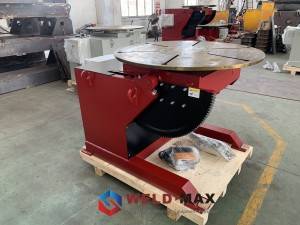The Welding Positioner Used For The Work Of Weldments.
Welding positioning equipment is well known for its ability to help welders maneuver and weld large assemblies. Many small assemblies can also be mechanically positioned so as to provide the same benefits to the welder, which is less well known.
All weldments, no matter how large or small, should be positioned according to the same principles. As soon as the base product is attached to the positioning equipment, it is maneuvered into the optimal welding and assembly position by mechanical means. Each time parts or subassemblies are added, the entire weldment is moved so that weld joints are easily accessible.
Weldments positioned properly, regardless of their size, are more ergonomic, increase safety, improve weld quality, and take up less space on the production floor. Using mechanical means to move the weldment and adjusting the welding area, welders are prevented from welding out of position or in an uncomfortable position.
Weldments should be anchored to a positioning device to improve their safety. Nonrigid methods of moving parts, such as cranes, chains, and slings, can create uncontrolled motions, which are dangerous. Welding positioners reduce the risk of injury from falling sparks, slag, or parts by removing the need for welders to maneuver underneath a heavy weldment.
In contrast to overhead and vertical welding, downhand welding usually requires little training, making them suitable for new welders. As a result of gravity, fillet welds have equal legs, bead surfaces are smoothed, and cleanup is faster and less stressful in a downhill weld.
A welder can perform semiautomatic welding that is ergonomically friendly and productive by using a positioner in conjunction with a welding power source and torch stand. An operator positions the part under a torch and maneuvers it under the beam. To allow oscillation to fill large gaps or V-grooves, this torch can be fitted with a weaving device. The quality of weld is improved with more repeatability when the speed and torch position are consistent. Through a communication cable connecting the integrated positioning unit and the welding power supply, the operator simply needs to press a foot pedal or button to start the welding cycle. The cycle continues until an automatic signal indicates the welding cycle is complete. A circumferential weld is typically welded with this method. Over time the puddle will fill the crater and create a puddle. The completed part is removed and the next one is started.



